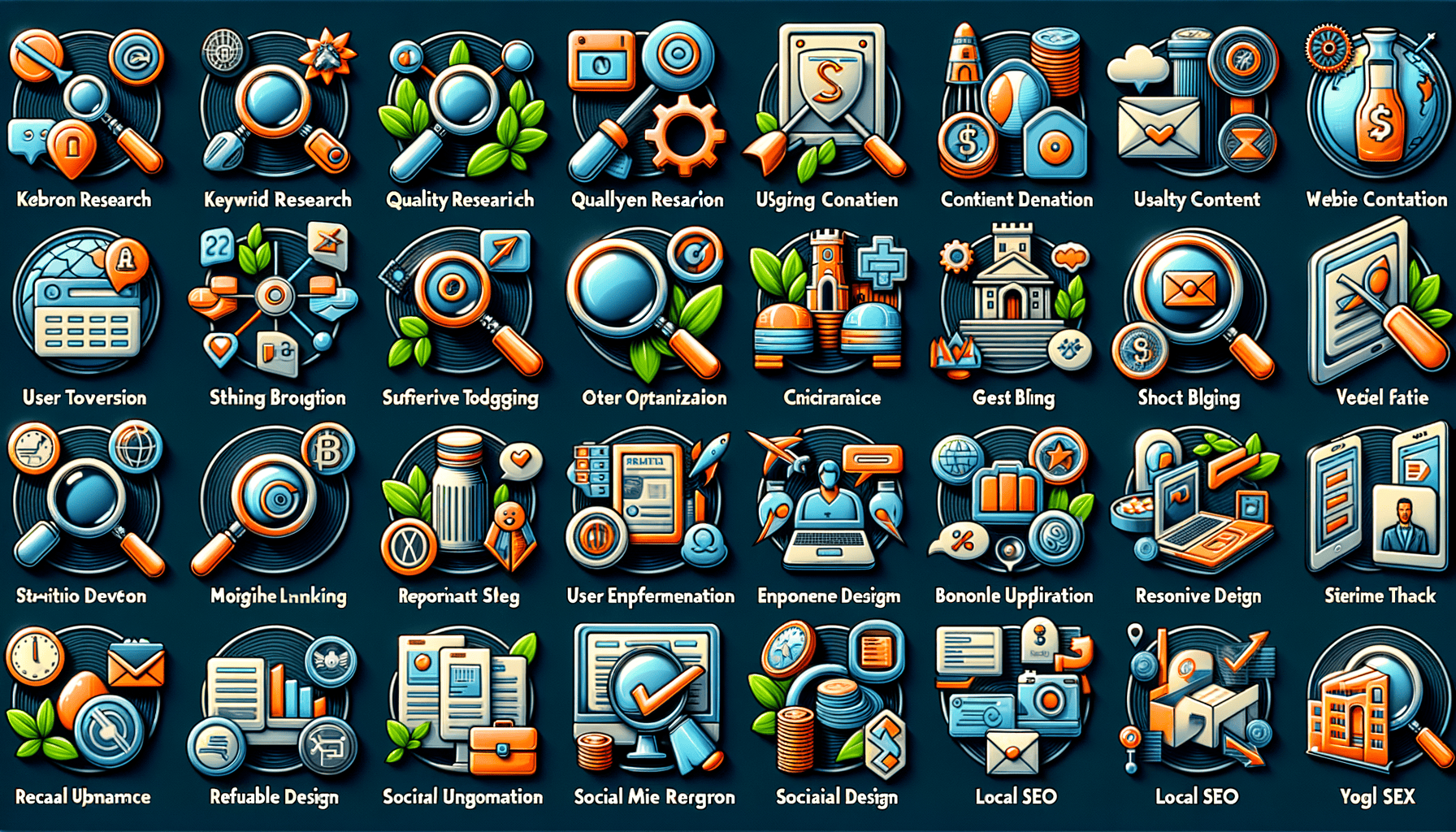How SEO Impacts Blog Traffic and Engagement
Search Engine Optimization (SEO) is particularly crucial in the digital landscape, especially for bloggers looking to grow their audience and increase engagement. The intricate relationship between SEO and blog traffic cannot be overstated, as effective SEO practices have the potential to substantially boost visibility, attract visitors, and foster interaction on a blog.
Understanding SEO
SEO refers to the various techniques that can enhance a website’s visibility on search engine results pages (SERPs). When bloggers optimize their content for SEO, they aim to improve their ranking for relevant keywords that potential readers are searching for. This process includes keyword research, on-page optimization, technical SEO, and link-building strategies.
Increased Visibility and Traffic
One of the most immediate effects of good SEO is the increase in blog traffic. By targeting specific keywords and optimizing content around them, bloggers can rank higher in search results. Data shows that a significant percentage of clicks go to the top three positions on SERPs, making it essential for bloggers to focus on ranking in that coveted space.
-
Keyword Targeting: Effectively identifying relevant keywords is fundamental. By using tools like Google Keyword Planner and SEMrush, bloggers can discern which phrases their target audience is searching for and incorporate these into their content.
-
Meta Tags and Descriptions: Well-crafted title tags and meta descriptions improve click-through rates (CTR). A compelling title that includes keywords can entice users to click on a blog entry, directly impacting traffic.
-
Content Quality: Search engines prioritize high-quality, relevant content. Blogging regularly and ensuring that posts provide valuable insights or solutions can lead to organic growth, as users may share these posts, further broadening reach.
Engagement Through SEO Optimization
While driving traffic is critical, engaging that traffic is paramount for sustained success. SEO doesn’t just improve visibility; it lays the groundwork for fostering deeper connections with readers.
-
User Experience: SEO practices enhance user experience by ensuring websites load quickly and are mobile-friendly. A well-organized site structure with easy navigation keeps visitors on the blog longer, increasing the likelihood of engagement, such as comments or shares.
-
Internal Linking: Strategically placed internal links not only help search engines crawl the site but also guide readers to related content, encouraging them to stay longer and explore more. This method can significantly reduce bounce rates and enhance engagement metrics.
-
Use of Multimedia: Integrating images, videos, and infographics boosts engagement. Optimizing these elements using proper alt tags helps improve search rankings while also making the content visually appealing and shareable.
Attracting the Right Audience
Effective SEO does not just bring more traffic, but it attracts targeted traffic—users who are genuinely interested in your niche. This specificity leads to higher engagement rates as these visitors are more likely to interact with content that resonates with their interests and needs.
-
Long-Tail Keywords: Focusing on long-tail keywords allows bloggers to target niche audiences. These keywords typically have lower competition and can attract users who are further along in the buyer’s journey or are specifically searching for niche topics.
-
Local SEO: For bloggers who target a local audience, optimizing for local search can lead to increased engagement. By using location-based keywords, bloggers can attract local readers who are more likely to engage with relevant, community-specific content.
-
Social Sharing: Quality SEO can lead to more shares on social media. Engaging content that ranks well encourages readers to share, while backlinks from reputable sites can enhance credibility and visibility, further amplifying engagement.
Analytics and Continuous Improvement
Lastly, SEO is a continually evolving field that requires ongoing monitoring and adjustment. Utilizing tools like Google Analytics helps bloggers assess their SEO performance, understand traffic sources, and evaluate user engagement metrics.
By analyzing bounce rates, average session duration, and pages per session, bloggers can identify which types of content are resonating and refine their SEO strategies accordingly. This iterative process not only boosts blog traffic but ensures that the traffic garnered is not just large in number, but also engaged and invested in the blog’s content.
Through a strategic approach to SEO, bloggers can harness its power to significantly enhance both traffic and engagement, laying a robust foundation for building a successful blogging presence.





